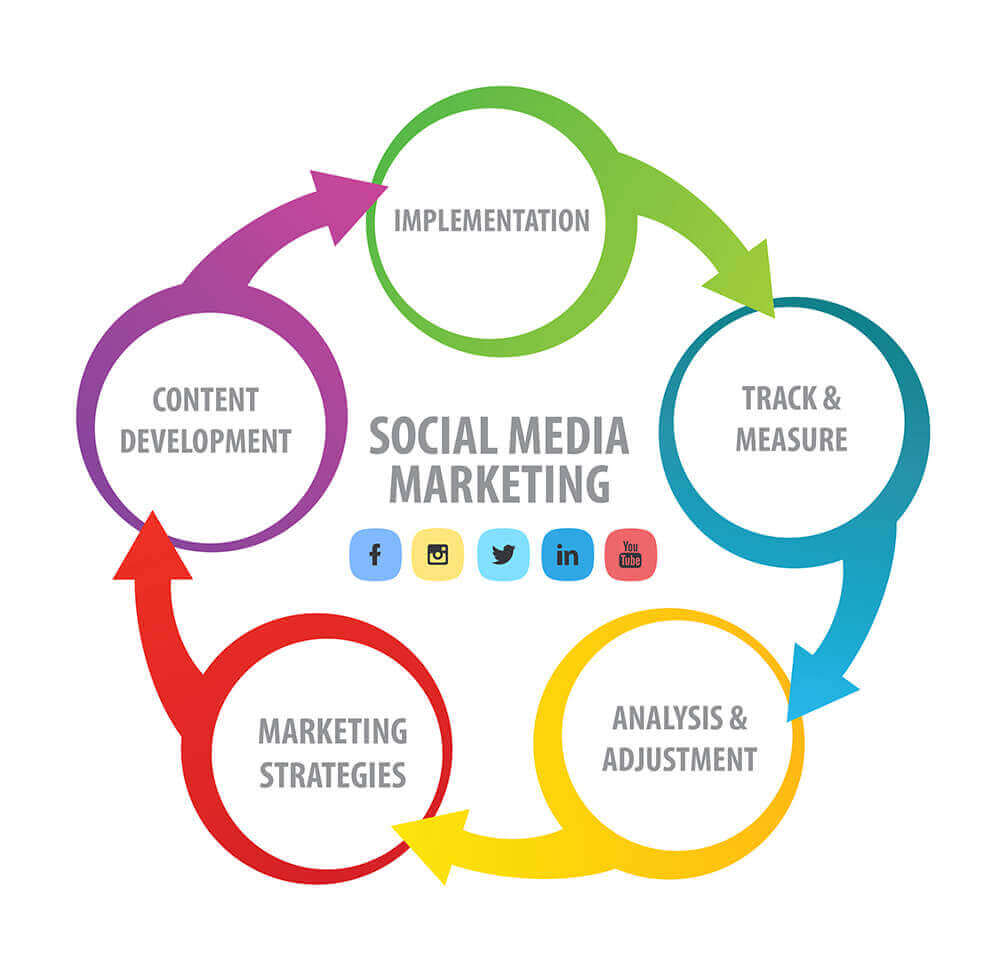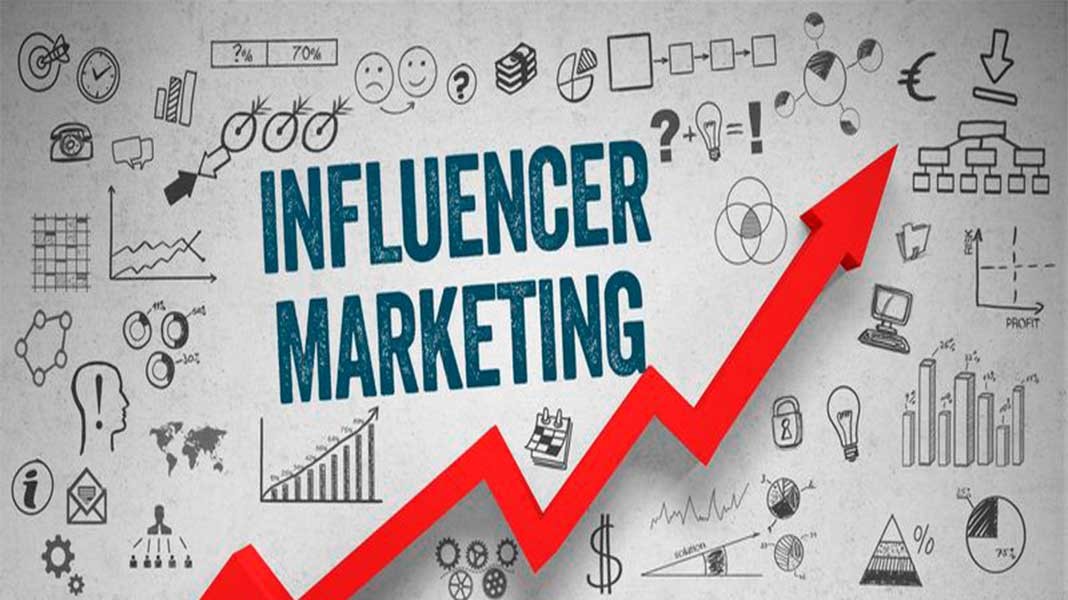Social Media Analytics: What Metrics Matter Most
Social media has evolved into a dynamic platform for businesses to connect with their audience, promote products or services, and track engagement. However, to effectively measure success and optimize your strategy, it’s essential to rely on data-driven insights. Social media analytics offers valuable metrics that help you gauge your performance. With numerous metrics to choose from, it’s important to focus on the ones that provide actionable insights to improve your social media marketing efforts.
Here’s a breakdown of the key social media metrics that matter most.
1. Reach and Impressions
Reach refers to the number of unique users who have seen your post, while impressions measure how often your post is shown, regardless of whether it’s clicked.
Why these metrics matter:
- Reach helps you understand how far your content is spreading, which is important for brand awareness.
- Impressions indicate how often your content is being seen and can highlight if your posts are getting enough visibility.
Tracking both reach and impressions is essential to gauge the effectiveness of your content in terms of visibility.
2. Engagement Rate
The engagement rate tracks the interactions your audience has with your posts, including likes, shares, comments, and saves. This metric reveals how well your content resonates with your followers.
Why it matters:
- A high engagement rate means your content is relevant and engaging to your audience, fostering stronger connections.
- It helps you assess the quality of your followers and the effectiveness of your posts in sparking meaningful interactions.
By closely monitoring engagement, you can tailor your content to meet your audience’s preferences.
3. Click-Through Rate (CTR)
The click-through rate (CTR) measures how often users click on a link within your post, such as a call-to-action (CTA), to visit your website or landing page.
Why it matters:
- A higher CTR indicates that your content successfully entices users to take action, such as visiting your website or signing up for a newsletter.
- This metric is critical if you aim to drive traffic, generate leads, or increase conversions.
Low CTRs may signal a need for better CTAs or more engaging content to prompt users to click.
4. Follower Growth Rate
Instead of simply tracking the total number of followers, follower growth rate measures how fast your follower count is increasing over time.
Why it matters:
- A steady growth rate reflects that your brand is gaining traction and attracting new users consistently.
- If you notice a sudden spike or decline in followers, it can indicate whether your content strategy is working or needs adjustments.
This metric is a good way to track the organic expansion of your social media presence.
5. Conversion Rate
Conversion rate tracks how many users take a desired action after engaging with your social media content. This could include making a purchase, signing up for a newsletter, or downloading a resource.
Why it matters:
- Conversion rate helps you connect your social media activities to business outcomes like sales and lead generation.
- It’s crucial for determining whether your social media campaigns are driving real-world results, beyond just likes or comments.
A low conversion rate may suggest a need to refine your strategy, messaging, or landing page optimization.
6. Bounce Rate
When users click through to your website from social media but leave quickly without engaging, that’s reflected in your bounce rate. High bounce rates often point to a mismatch between your social media content and the landing page experience.
Why it matters:
- A high bounce rate means users didn’t find what they expected or wanted after clicking on your content.
- Improving the relevance of your landing pages and ensuring consistency with your social media messaging can help reduce bounce rates.
Reducing bounce rates enhances user experience and encourages more meaningful interactions with your content.
7. Sentiment Analysis
Sentiment analysis looks at the tone of comments and mentions of your brand across social platforms. It helps you understand whether your audience feels positively, negatively, or neutrally about your brand.
Why it matters:
- Positive sentiment can indicate strong brand loyalty, while negative sentiment may highlight areas where improvements are needed.
- Tracking sentiment helps you proactively manage your brand’s reputation and adjust your content strategy accordingly.
Tools like Hootsuite or Sprout Social can help automate sentiment analysis and give you a clearer picture of public perception.
8. Share of Voice (SOV)
Share of voice compares how much people are talking about your brand versus your competitors. It provides insight into your brand’s presence in the broader conversation within your industry.
Why it matters:
- A larger share of voice means your brand is leading the conversation, which can improve awareness and authority.
- Tracking this metric helps you gauge the impact of your campaigns and understand where you stand relative to competitors.
You can track SOV using tools like Brandwatch or Mention to monitor discussions about your brand across social channels.
9. Response Rate and Time
When using social media for customer service or engagement, how quickly you respond to messages or comments is critical. Response rate reflects the percentage of inquiries you’ve replied to, while response time measures how quickly you respond to them.
Why it matters:
- A fast response rate and time can boost customer satisfaction and improve your brand’s reputation.
- It shows your audience that you’re attentive and value their feedback, which can strengthen customer loyalty.
Being responsive on social media helps foster a positive relationship with your audience.
Final Thoughts
The right social media metrics allow you to make informed decisions about your strategy. While it’s easy to get caught up in surface-level numbers like likes or followers, deeper metrics like engagement rate, conversion rate, and sentiment analysis provide more valuable insights into your social media performance.
By regularly analyzing these key metrics, you can adjust your approach, optimize campaigns, and ensure your social media marketing efforts contribute directly to your business objectives.




